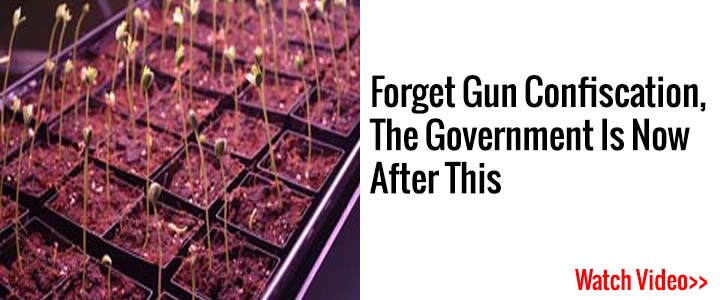Aquaponics has a big problem. The good news, is that it can made better…simply.
To understand the reason why we need smart aquaponics, think about your childhood. We all loved fish tanks. You probably won a goldfish at the nearby festival or talked your family into a mini aquarium with a catfish and a sucker fish. But you, like everyone, likely learned how to care for fish the hard way: by killing lots of fish. Those pesky goldfish hardly lasted a few days.
Why do so many fish die? Simply: running any fish tank is very complicated. A successful fish tank requires constant monitoring of everything: PH levels, Nitrates/Nitrites, & temperature. If any of these measurements get out of whack, prompt corrective action is needed to prevent further deterioration.
In sum, maintaining a tropical fish tank is tough to do well. It’s also offers some useful insight into what it takes to maintain a productive aquaponics system.
The Promise of Aquaponics
For those of you not familiar with aquaponics, it is simply a food production system that..
- combines hydroponics (growing vegetables without soil) and
- aquaculture (raising fish) in a
- synergistic way (the fish waste is used as plant food).
The result? It’s an intensive farming system that lets you grow lots of calories in a very small space. This makes it a very attractive solution for home or community resilience (and if near a city, income).
However, as mentioned earlier, it’s hard to maintain optimal levels of production in an aquaponics system.
So, for aquaponics to become a system that we can rely upon to regularly produce food, as well as a system that doesn’t chew up all of our time, we need to see some improvements made.
One of the ways to improve it is to make the system smarter.
Smart Aquaponics
Fortunately, there are lots of people tinkering on ways to make aquaponics systems smarter.
One of the best efforts I’ve found comes from Eric Maundu at Kanji Grows, an urban gardening and aquaponics company (one of a growing number of resilient ventures that seem to pop up all over the US/EU).
He’s been working on a wireless control system that automates the measurements and corrective actions required to maintain a high performance aquaponics system.
READ: Aquaculture & Aquaponics Pros And Cons: FREE List of Edible Fish For Aquaponics
Eric’s goal is to build a system that measures all the parameters that one has to check manually:
- water movement,
- water in fish tank, pipes and growbed
- water quality, oxygen, redux, ph, tds, nitrogen(nh4,no2,no3), temperature, clarity
- environmental parameters such as leaks,
- co2, humidity, lighting, intruders (e.g. kids playing at tank).
He also wants the system to control:
- water cycles,
- lighting(for indoor),
- temp,
- ventilation,
- water quality,
- refilling,
- feeding.
His final goal is for the system to publish its status on Twitter and allow management through an smart phone interface.
Here’s the wireless control system in its nifty DiY waterproof case.

The control system can turn on and off valves that connect the tank and grow beds.

Here’s a picture of the system’s grow beds.

There’s plenty more we can cover on smart aquaponics in a future letter. That’s all for now.
Via waldenlabs.com
Self-sufficiency and Preparedness solutions recommended for you:
The Lost Ways (The vital self-sufficiency lessons our great grand-fathers left us)
Liberty Generator (How to gain complete energy independence)
Backyard Liberty (Obama’s hidden agenda: more than just your guns…)
Survival System (Learn The 7 Secrets Every Family Must Know To Survive Any Disaster Or Crisis)
Lightsoutusa (You will have communications in ANY TYPE of disaster.)
Stockpile Challenge (So what’s the recipe for “getting lucky” in the coming catastrophe?)
Food for Freedom (If I want my family to survive, I need my own food reserve)



